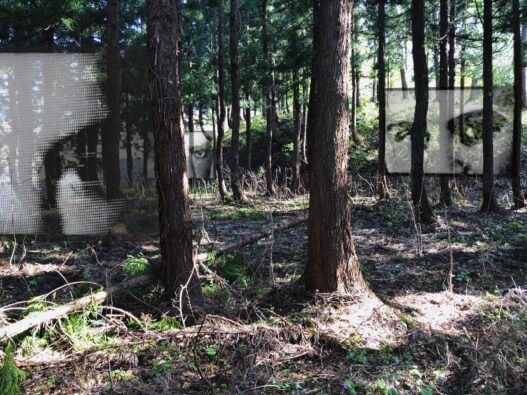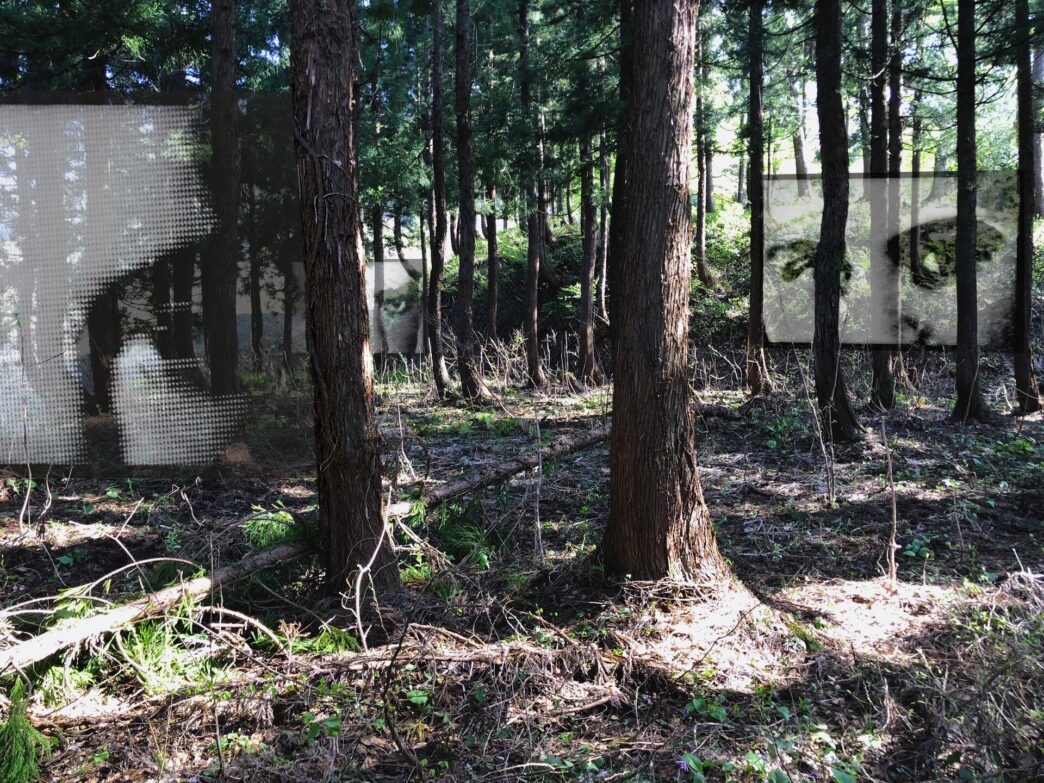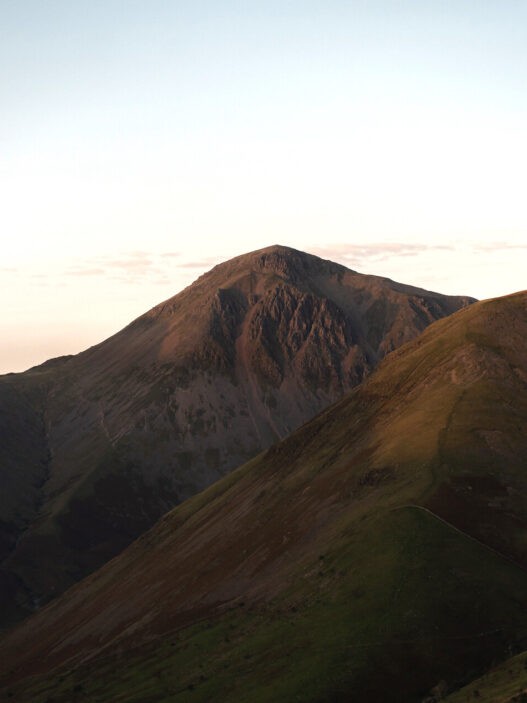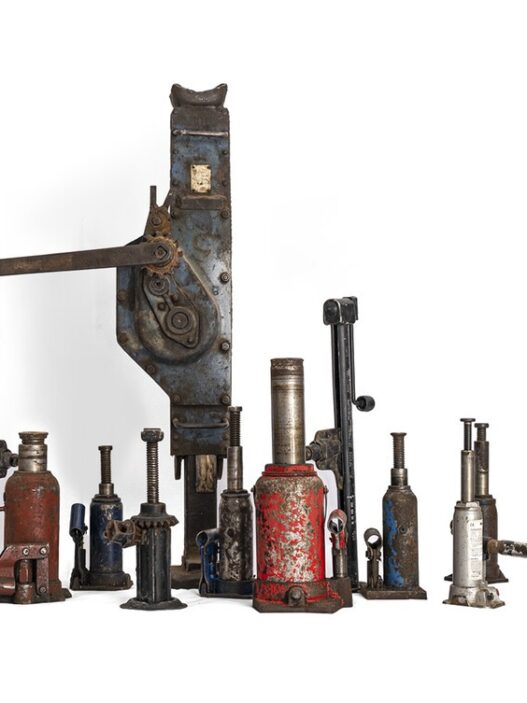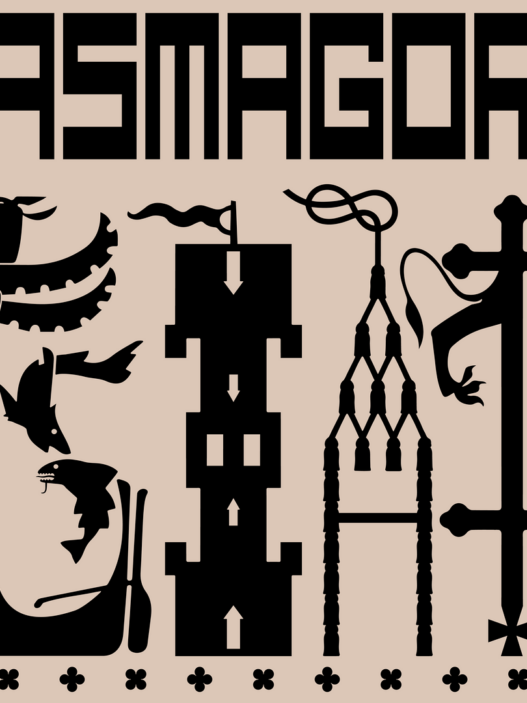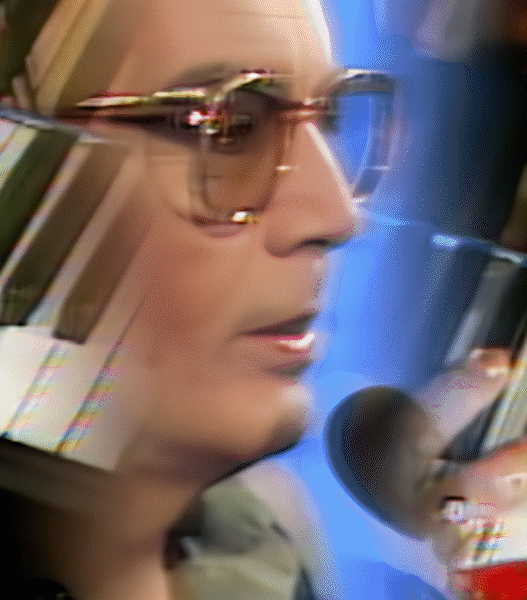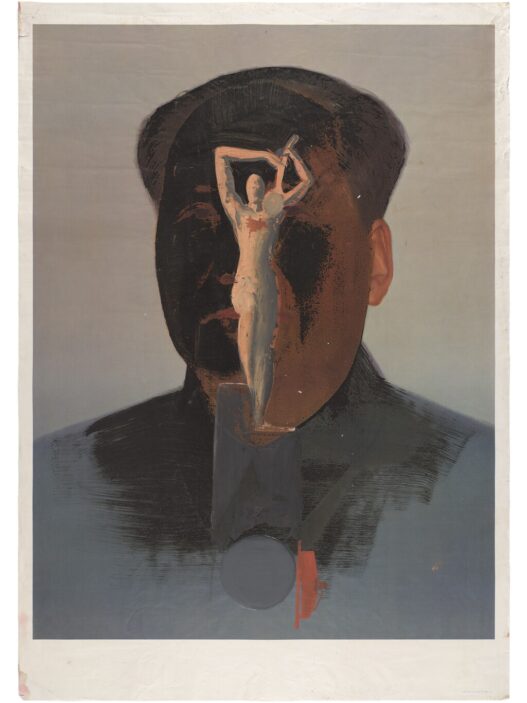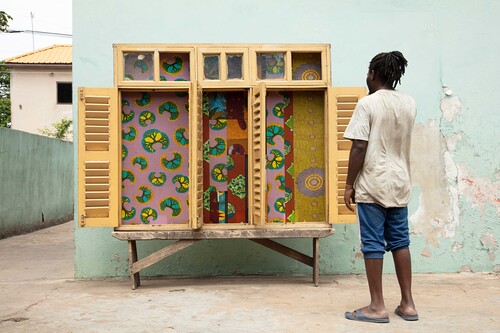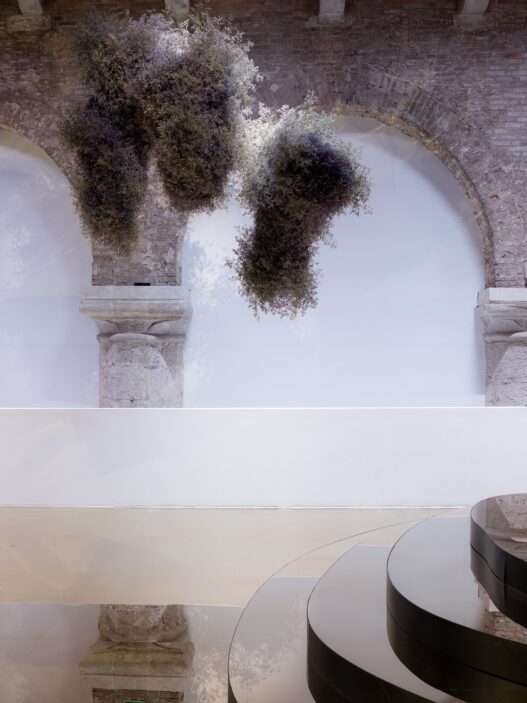April 29–November 13, 2022
After being postponed for a year due to the COVID-19 pandemic, the 8th Echigo-Tsumari Art Triennale (ETAT) is now taking place through November 13. Instead of the 50-day summer session that was customary for past versions, it lasts for seven months.
ETAT was founded in 2000 with the intention of using art as a means of reviving older, sparsely inhabited villages that were seeing a decline in their local strengths. Numerous locals and other supporters, as well as performers from around the country and the world, have supported the event for the past 22 years. Thus, ETAT has gained recognition as a trailblazing initiative for “regional development via art.” In the midst of the epidemic, the underlying belief that “human beings are a part of nature” has always been upheld has gained even more significance, and more people are looking to go throughout the area to discover its climate and local culture, guided by art.
In a space of 760 square kilometers, 333 pieces by 263 groups of artists from 38 nations and areas are on display for this year, among them 95 artists from 13 countries and regions have produced new works.
This year, the festival’s background centers on the age-old query, “Can art transcend the state?” The Monument of Tolerance was built in Echigo-Tsumari at the end of last year by Ilya and Emilia Kabakov, who were born in Ukraine when it was a part of the former Soviet Union and now reside in the United States. The Rice Fields, a piece by Kabakov that he produced for the first Art Festival and which has become iconic of ETAT, has been recreated this time around in Echigo-Tsumari under the title Kabakov’s Dream. In addition, Zhanna Kadyrova, who fled Kyiv for a mountain community, displayed her piece Palianytsia, which is a symbol of peace and means “bread” in Ukrainian.Russian artist Ekaterina Muromtseva’s solo exhibition Women in black against the war will be held from July 21 to August 22. Many participating artists live in countries and regions in severe political conditions, crackdowns, and poverty. Now, we take a moment to listen to the voices of these artists living in our presesnt age.
New works by Kohei Nawa, Nicolas Darrot, mé, and other artists have been permanently installed at the Museum on Echigo-Tsumari (MonET), and a number of small exhibitions are being held in honor of the participating artists who have recently passed away, including Jean-Luc Vilmouth, Jimmie Durham, Christian Boltanski, and Hossein Valamanesh. Fujiko Nakaya will create a fog sculpture at Leandro Erlich’s Palimpsest: pond of sky during the summer session, and Min Tanaka will perform a dance piece there.
The last piece Boltanski had planned for this event will also be on display in the forest. He took part in ETAT from the very beginning and was quite fond of Echigo-Tsumari. Japanese dancer Mirai Moriyama will perform in front of his permanent piece The Last Class, which was created in partnership with Jean Kalman.
We cordially invite guests to come and take in the beauty of the changing seasons as well as the Echigo-Tsumari Art Triennale 2022 and other events.









